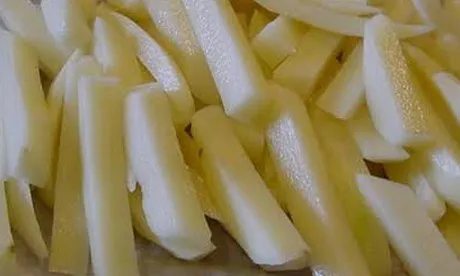
The change in quality was assessed by monitoring colour and texture, microbiological parameters and bioactive component content. "Results show that a higher nitrogen quantity (280 kg/ha) causes quick colour changes, lower firmness and faster microbial growth (total mesophilic bacteria, yeasts and moulds)," report the researchers.
"Results show the need for an accurate management of nitrogen fertilisation so as to obtain high-quality potato sticks. Excess nitrogen levels enhance the vulnerability to physical, microbial and nutritional change, affecting quality."
Source: Licciardello Fabio, Lombardo Sara, Rizzo Valeria, Pitino Iole, Pandino Gaetano, Strano Maria Gabriella, Muratore Giuseppe, Restuccia Cristina, Mauromicale Giovanni, 'Integrated agronomical and technological approach for the quality maintenance of ready-to-fry potato sticks during refrigerated storage', 2018, Postharvest Biology and Technology, Vol. 136, pag. 23-30.
